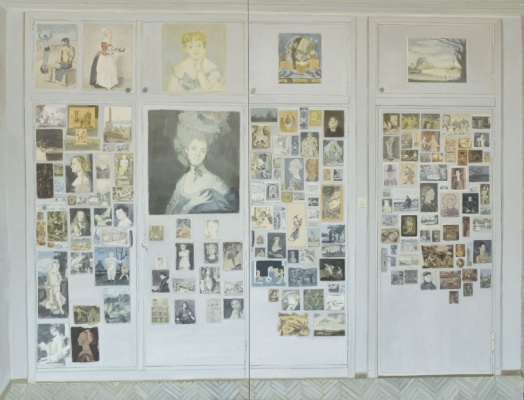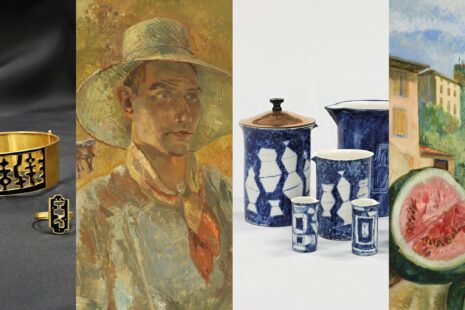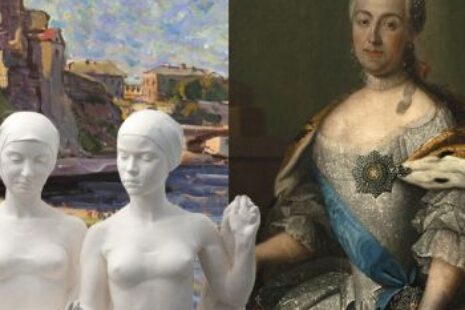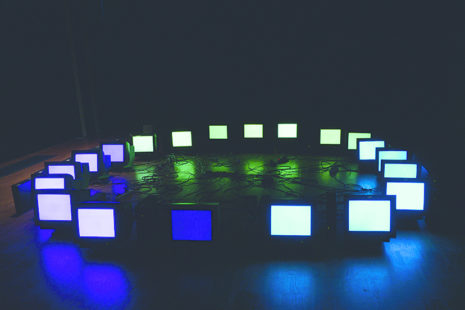Already back in the 1960s Marshall McLughan wrote about that strange state of self-hypnosis which gradually embraces us, a certain form of numb gaze which he described as the symptom of Narcissus narcosis. It is the effect of media-generated environment, in which in order to avoid overly intensive disturbance of the flowing content, one constantly replaces it with another. In this way, one irritant begins to suppress another, then the latter in its own turn becomes affected by another until all merge into a solid noise. However, as the intensity increases, this media-neutralized vigilance eventually becomes similar to the awareness of fish in water having no notice of its presence. Such neutralization also works as a defensive reaction in dealing with the excess of images, whose rhythmical repetitive flow simultaneously leads to the practice of oblivion.
What if today, the gaze permanently seeking to suppress its growing anxiety has become such an analogy of the real that no longer has anything beyond itself? But even if that is the case, maybe there still remains a possibility to take advantage of this surplus of the emptiness generated by the surplus itself? In other words, would it be possible at least to experience the numbness as such? In this case using painting as a perfect medium of suspension, as a certain potentiality within lack, as something, whose capacity lies precisely in its incapacity. Maybe then one could become like that fish of Narcissus trying to see the water? Or at least to feel its flow running through one’s eyes. Turbid, immaculate, viscous, freezing, poisoned, or even blooming? Running through chandeliers, birds, windows sills, cracks in the floor, or wardrobe doors.
Then that fading and burning light might be searching not so much for what is visible as for what it leaves invisible. For a certain diagnosis of our time, engraved in the skin of the things. As something that blinds, annihilates, hurts, and yet at the same time unmasks, exposes, reveals. For whose tenderness can be more brutal than that of light? It becomes a caesura of sense which befalls everyone—the painter, the painting, and the viewer. Since what can be recognized here is only the unrecognizability itself. Thus what returns here is not the meaning of a particular image or motif. Rather, what returns is the tension of the surface, which turns painting into its most material reflection. If the world indeed no longer has an interior, the painting cannot have it either. But what they do have is the surface, and the painter is the one who bets all on surface. He bets all on light. On the limit beyond which everything ends. On the emptiness that remains. For painting is not a screen. Or rather, it is merely a screen that hides only the fact that there is really nothing to hide. Or it is precisely nothing that it hides—perhaps the water rushing through one’s eyes.
Brigita Gelžinytė
Exhibitions is part of gallery’s project “The Young. Green Consciousness”. Projects is partly financed by the Lithuanian Council for Culture.
Gallery name: Meno Parkas Gallery
Address: Rotušės a. 27, Kaunas
Opening hours: Tue-Fri 11:00 - 18:30, Sat 11:00 - 16:00
Open: 14.05.2020 - 06.06.2020







